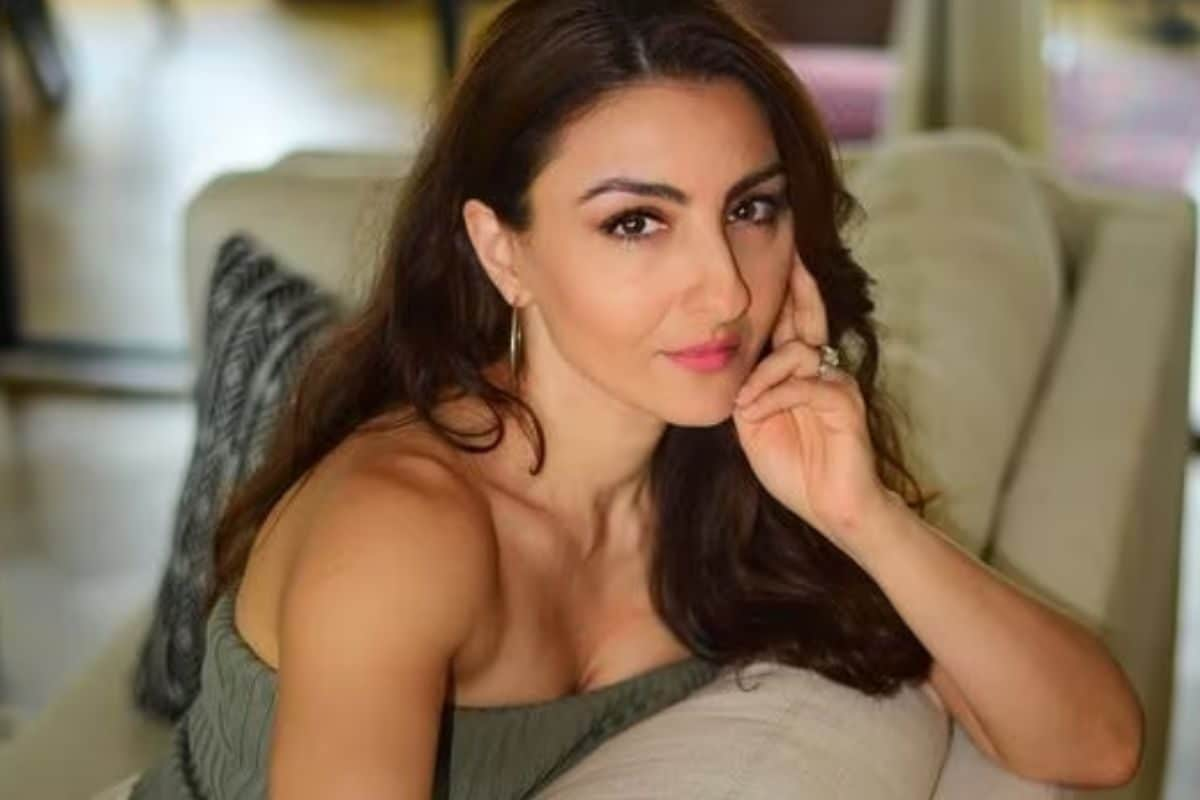Rachael Gunn, who is competing at the Olympics under her dance name Raygun, is a university lecturer who specialises in the cultural politics of breaking. She’ll have plenty to write about after Paris. Breaking never wanted to be an Olympic sport .
It’s a culture, an art, a movement. But fearing that it would be hijacked by the mainstream, as it was in the 1980s – when it became, in Gunn’s words, “stale joke” – the breaking community complied only if it could participate on its own terms. On Thursday night, Paris time, it appeared breaking might not be quite mainstream enough for the Olympics.

The internet lit up with commentary about Gunn. Some of it focused on her moves, some on her age (she’s 36; another competitor is 40) and some of it on her Australian tracksuit. Rapidly, she became a meme.
One of her moves was likened to a kangaroo hop, another to the sprinkler, another to trying to get the quilt off the bed. The story was picked up around the world. “An Australian professor had some breaking moves, and people had thoughts,” wrote NBC New York .
“Everyone Is Obsessed With This 36-Year-Old Breakdancer Named ‘Raygun’,” wrote Buzzfeed . “‘Raygun’ the 36-year-old Australian breakdancing professor is our Olympic hero’,” wrote US site SBNation , who said the field was stacked with pioneers, champions and “an Australian professor who was just there to get funky”. Last year, when Gunn published an academic paper critiquing the sportification of breaking by the Olympics, she would never have expected the Games would turn her into the face of a broader discussion about what defines a sport, and which ones are worthy of the Olympics.
Gunn, who competed in her green and gold uniform, has been part of the Australian breaking community for 20 years. It has consumed her personal life and her intellectual interest. She was among those who scrambled to create an Australian federation after breaking was thrust into the Olympic spotlight.
She was conscious of her underdog status before Thursday’s performance. Australia is thousands of kilometres away from the culture’s epicentres in Europe and Asia, and its breaking community has happily hummed along with little attention in the streets and youth centres of western Sydney. Gunn said she knew she would not have the same power moves as her rivals, so her strategy was to focus on creativity.
She had been a dancer before her then boyfriend, now coach and husband Samuel Free, introduced her to breaking, so style has always been her strength. “I wanted to make an impression in a different way,” she said after she was eliminated from the round-robin stage without scoring a point against breakers from France, the United States and Lithuania, who claimed all the 18 points available. “I wanted to do something artistic and creative.
How many chances do you get in a lifetime to do something on the international stage? It was important to me, from that sense, to do the performance that I did.” Other B-Girls eschewed their team uniform for baggy clothes with a nod to their national colours. Some ignored their countries’ colours completely.
There were red bandannas and back-to-front baseball caps and baggy pants. But Gunn wanted to represent her country. “I don’t know why some of the other girls didn’t want to wear their kit,” she said.
“It was a real moment of pride for me to wear the Australian uniform, I was particularly excited for this shirt to have the indigenous print on the arms. “I guess maybe being a bit older, I know how rare this opportunity is and I wanted to take the chance to wear the green and gold.” Raygun caught the attention of fans with her kangaroo-like pose.
Credit: Getty Images Gunn will be running a critical eye over the experience. “I haven’t had my academic hat on here, I’ve had my athlete hat on,” she said. “I can’t help think deeply about how things are represented, or how things work .
.. what the broader consequences are for this decision or that decision.
“After I’ve recovered, I’ll probably be writing about it.” From the first dance battle, it was clear breaking was about to drag the Olympics into a bizarre new world. The arena looked like a nightclub, with a light gantry above the stage.
Spectators were crowded right up to the edge, as the B-Girls did battle. Judges jammed on stage. To get the breaking community on board, the IOC had to win over the best in the world.
They had to prove their wares before sitting in judgement of others. Unlike at other Olympic events, they were introduced one by one. The B-Girls competed under their breaking names, such as Logistx and Syssy.
Two would do battle; one would stand to the side, hamming up faux enmity by wagging their fingers or crossing their arms, while their opponents writhed on the floor. Competition kits ranging from baggy pants to see-through jackets to one green-and-gold tracksuit. Breaking will not be a sport in Los Angeles.
Even though the movement was born in the Bronx of New York, a fusion of African and Latin American street dance with martial arts moves, LA organisers have gone for a more conventional diet of cricket, lacrosse and squash. Brisbane organisers could bring it back, but breaking might not want another moment in the sun. Gunn knows she might be the only female Australian breaker ever to dance at the Olympics.
“My chances were always very slim, but I still worked my butt off to try to represent the best that I could,” she said. “And to try to bring something different. Sometimes these competitions favour a certain type of breaker.
But I wanted to show the world there are different ways you can break and express yourself. Be yourself, be original, be creative. That’s the beauty of breaking.
” Gold in the women’s comeptition went to Japan’s Ami Yuasa, Lithuania’s Dominika Banevic won silver, and China’s Liu Qingyi claimed bronze. Australian B-Boy Jeff Dunne, 16, will compete tomorrow. For Olympics news, results and expert analysis sent daily throughout the Games, sign up for our Sport newsletter .
.



















